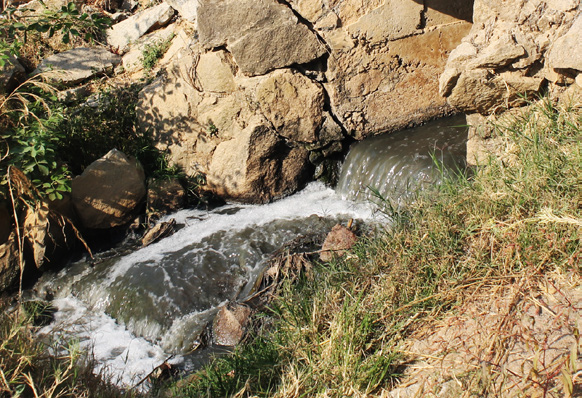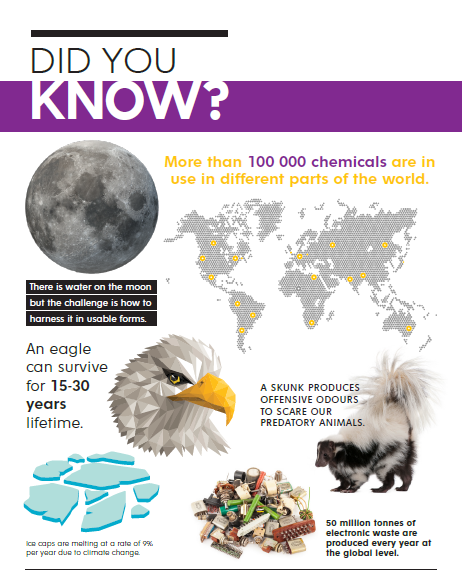Dealing with wastewater in industry is one of the most controversial issues in industry as practitioners continue to bash their heads on how best to manage their wastewater in order to draw less fines and pose less harm to the environment. Manyame River, lake Chivero, Umguza Dam are some of the water bodies that have been heavily affected due to poor management of industrial wastewater in Zimbabwe. There are more far reaching implications that stem off from the poor management of industrial water and these go from destruction of water bodies and aquatic life, shortage of fresh water resources, acute and chronic health effects on humans and animals, to contributing to the global threat which is climate change.
Each year companies in the Zimbabwean industry apply for licensing under the Environmental Management Act Statutory Instrument 6 on Effluent and Solid Waste disposal Regulations 2007, which operates on the polluter pays principles. A principle that allows companies to discharge their waste into the environment at a cost. In times where industrialization has taken over the world as a main driver of the economy, the value of the environment in sustaining the process should be acknowledged. The fate of critical industrial outputs such as wastewater should be considered before releasing it into the environment no matter how much fine will be paid to compensate it. The truth is the money will never be able to compensate the damage caused and all its ripple effects. Instead human lives can be lost, livestock can be lost, fertile agricultural land can be made barren and more money could be required for cleaning up in the event of hazardous contamination.
Industrial waste water which can also be termed effluent is water that has been used for different processes during manufacturing of different products in industry and is now being regarded as useless, unclean, unwanted, and contaminated and has to be discarded. The wastewater comes from cooling processes, washing activities, and the actual product processing as well as contaminated storm water. This effluent based on the different processes it would have gone through is no longer in its pristine state as it constitutes foreign physical, chemical or biological components and even heavy metal elements such as lead and zinc which cause detrimental environmental and health impacts on the environment and its inhabitants.
It is always key to ensure that wastewater treatment is done before releasing it into the environment. Different methods can be employed in the management of wastewater before its discharge and the industrial symbiosis concept can also be applied when dealing with wastewater. Chemical buffers can be used to neutralize acidic or alkaline components of wastewater to ensure that it remains neutral, a favorable pH for the environment. These can also be used to stabilize other chemicals in the waste water or coagulate metals to allow them for their removal before discharge into the environment. More natural processes can also be used which include the use of bacteria (bioremediation) and plants (phytoremediation) for nutrient and metals uptake thereby reducing the biological oxygen demand, chemical oxygen demand, nitrogen, phosphorous, potassium components and other nutrients that could be an environmental nuisance as well as up taking harmful metals such as cadmium, zinc and lead.
Chemical treatment of wastewater is done in a mechanized plant and can be done in a matter of hours. The method does not require a lot of space and time but can be expensive as it requires constant purchasing of chemicals and maintenance of the treatment plant. It is also not the most effective treatment method because it constitutes adding a chemical to the wastewater which could in turn accumulate in the environment overtime and pose harm. Waste stabilization ponds and constructed wetlands can also be used as treatment methods where bioremediation and phytoremediation can be incorporated. The use of natural methods allows to bring a balance in the ecosystem as there will be no foreign chemicals involved. This method however is time consuming and requires a lot of land for the ponds to be set up. A luxury which cannot be afforded by most of the industrial companies in our country.
A circular economy is the new trend and phenomenon sustainability practitioners are trying to push for. This concept is an economic system aimed at eliminating waste and allowing for the continual use of resources. Circular economy embraces industrial symbiosis a concept that can also be adopted in dealing with wastewater in industry. With resource scarcity and water shortages instead of discharging waste water into the environment, the wastewater can be treated and used for other developmentally beneficial processes such as in the agricultural sector. Through industrial symbiosis wastewater discharge can be reduced by 90%, fresh water bodies can be saved from contamination by about 40%, 95% of the nutrients contained in the wastewater can be recovered and can be used to produce up to 4.19% of total chemical nitrogen-based fertilisers. This practice is already being implemented BIOAZUL in Spain, funded under Horizon 2020 a European Commission’s Research and Innovation Programme. Wastewater treatment as old fashioned and dirty as it might sound, is a process that is key in the management of the environment and should be done to ensure sustainable practices.



